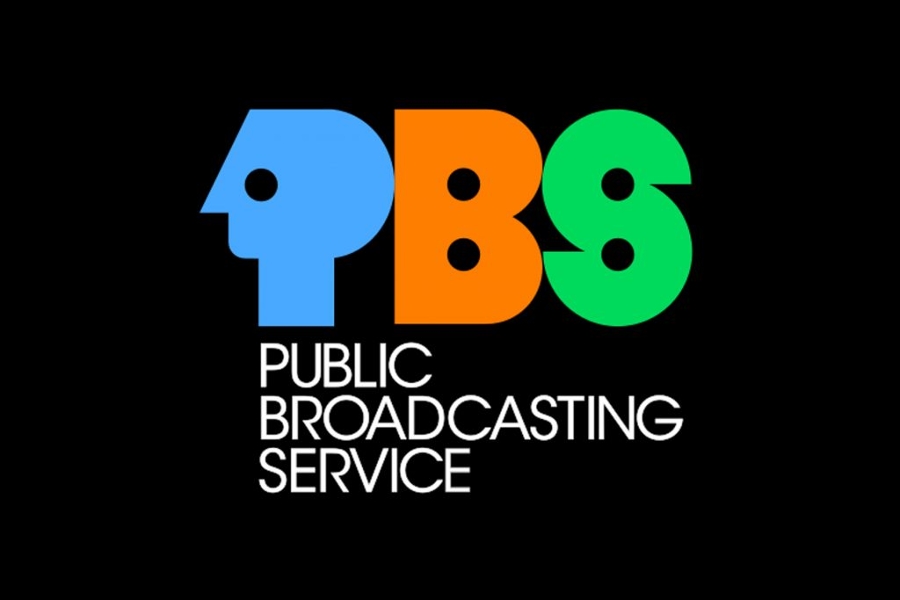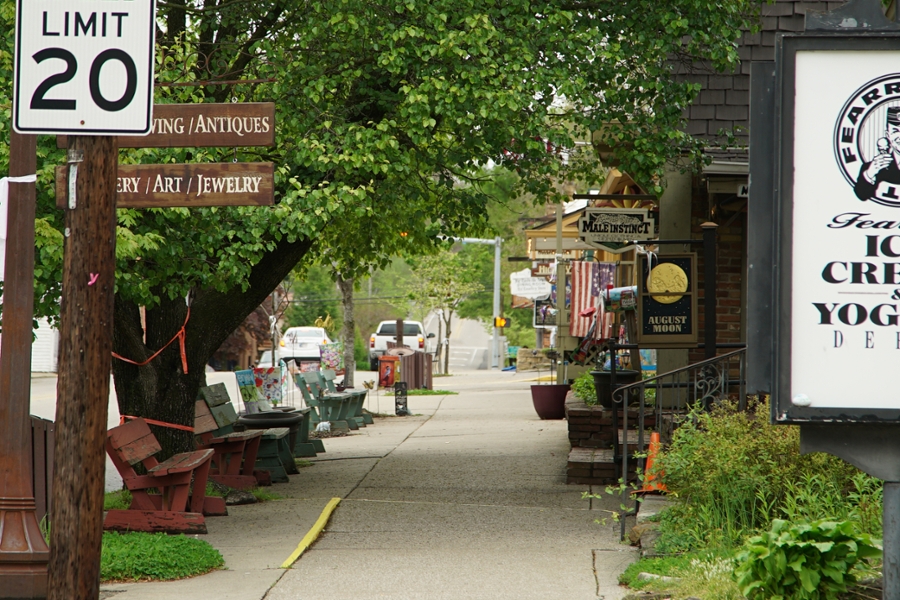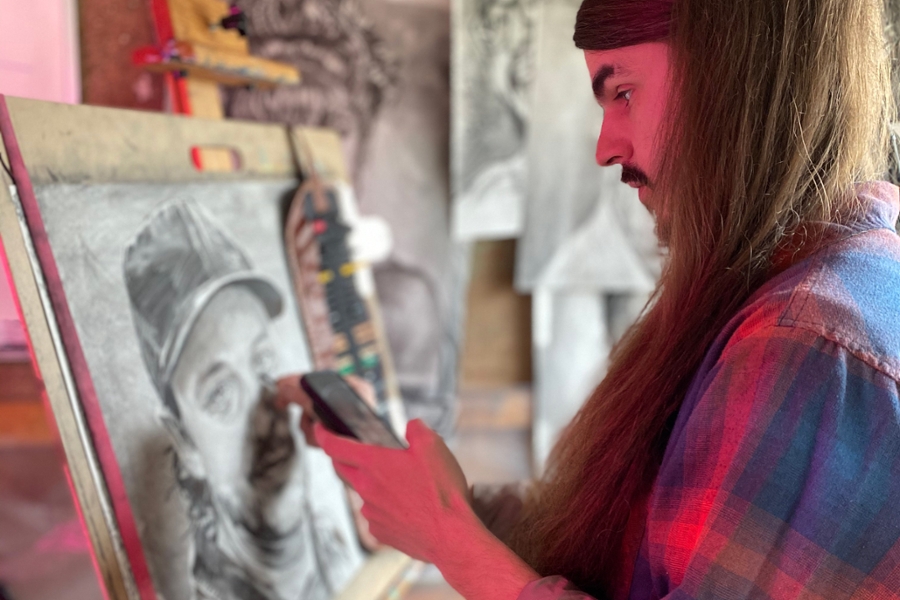PBS has had a number of series throughout the decades that have become mainstays: Sesame Street, Masterpiece Theatre and documentaries by Ken Burns are all household names by this point, and they're all still in production.
But several big hits for the network have all but faded into obscurity. We combed the archives and found several you may have forgotten about.
Matinee at the Bijou (1980-1988)
This 1980s television series recreated the moviegoing experience of the 1930s and 40s - complete with trailers, cartoons, and cliffhanger "to-be-continued" endings. As the tagline put it, "Matinee at the Bijou is like a cinematic time machine."
Matinee at the Bijou ran for five seasons, each season consisting of 16 episodes. Each 90-minute episode mirrored the style of old-fashioned films, which was a change from the usual educational content PBS produced at the time. The quirky series caught on with viewers and became a pop-culture hit.
Poldark (1977-1978)
 Robin Ellis as Ross Poldark in the original 1975 series. (Photo: IMDb)
Robin Ellis as Ross Poldark in the original 1975 series. (Photo: IMDb)
The 2015 Poldark television show may be taking audiences by storm, but viewers might be surprised to learn the British romantic saga is actually a reboot of a series that premiered in the mid-1970s.
Running for just two years, Poldark was the original television adaptation of a series of novels by Winston Graham. The show follows Ross Poldark (Robin Ellis), a British soldier recently returned from the American Revolutionary War who comes home to Cornwall to discover his fiancee has married another man. The two seasons follow Ross as he struggles with new love, old passions and making his mining business a success.
Poldark became one of the most successful British television adaptations of all time and became beloved by American audiences as a part of PBS’s Masterpiece Theatre in the late 1970s. That probably explains why it was rebooted in 1996 as a TV movie and then again in 2015.
WonderWorks (1984-1992)
 (Photo: The Walt Disney Company / PBS, screengrab via YouTube)
(Photo: The Walt Disney Company / PBS, screengrab via YouTube)
This anthology series transformed acclaimed children’s books like Anne of Green Gables and The Chronicles of Narnia into television films.
Styled after the successful American Playhouse series and co-produced with The Walt Disney Company, WonderWorks episodes were often multi-part miniseries. The show was originally targeted for children, yet its high level of quality also drew in adult audiences.
The Electric Company (1971-1977)
This 1970s children’s show used sketch comedy to help children learn how to read and develop grammar skills, with the help of some very high-profile tutors.
The original cast included acting greats like Morgan Freeman and Rita Moreno, and many of the cast were already well-established film and television actors. The show also hosted cameo performances from prestigious acting veterans like Gene Wilder, Joan Rivers and Mel Brooks - just to name a few.
The Electric Company was produced by the Children’s Television Workshop (now Sesame Workshop), the same company that created Sesame Street. The series ran for six seasons and continued in reruns until 1985. It was even rebooted back in 2009, again with notable cast members (Reggie Watts, The Good Place's William Jackson Harper) and guests (Lin-Manuel Miranda, Wyclef Jean).
Science Demonstrations (1969)
 Julius Sumner Miller in "Science Demonstrations." (Source: PBS)
Julius Sumner Miller in "Science Demonstrations." (Source: PBS)
Originally an Australian television series that premiered in 1969, Science Demonstrations (also known as Demonstrations in Physics down under) was an educational science program hosted by American scientist Julius Sumner Miller.
Miller carried out a variety of science experiments, ranging from mechanics to heat and temperature to electricity and magnetism. He opened each show with his iconic line: “How do you do, ladies and gentlemen, and boys and girls. I am Julius Sumner Miller, and physics is my business.”
Sagwa the Chinese Siamese Cat (2001-2002)

This Chinese-Canadian-American television series was an educational program which aired on PBS Kids. Based on the novel of the same name by The Joy Luck Club author Amy Tan, Sagwa the Chinese Siamese Cat follows the historical adventures of Sagwa and other characters.
The animated series is set between 1861 and 1912, during the late Qing Dynasty, exposing young viewers to cultures and traditions different than their own. And just like The Electric Company, Sagwa was produced for PBS by Sesame Workshop.
Zoom (1972-1978)
Nineties kids probably remember Fannee Doolee, Ubbi-Dubbi and the precise address to send their fan mail, but that was all preceded by the original Zoom, produced back in the 70s for Boston PBS station WGBH-TV. The half-hour program featured almost entirely children and was largely unscripted, separating it from other educational shows at the time.
The premise of Zoom was to “turn off the TV and do it!” On each episode, the cast played games, performed songs and poetry and discussed subjects contributed by viewers.




